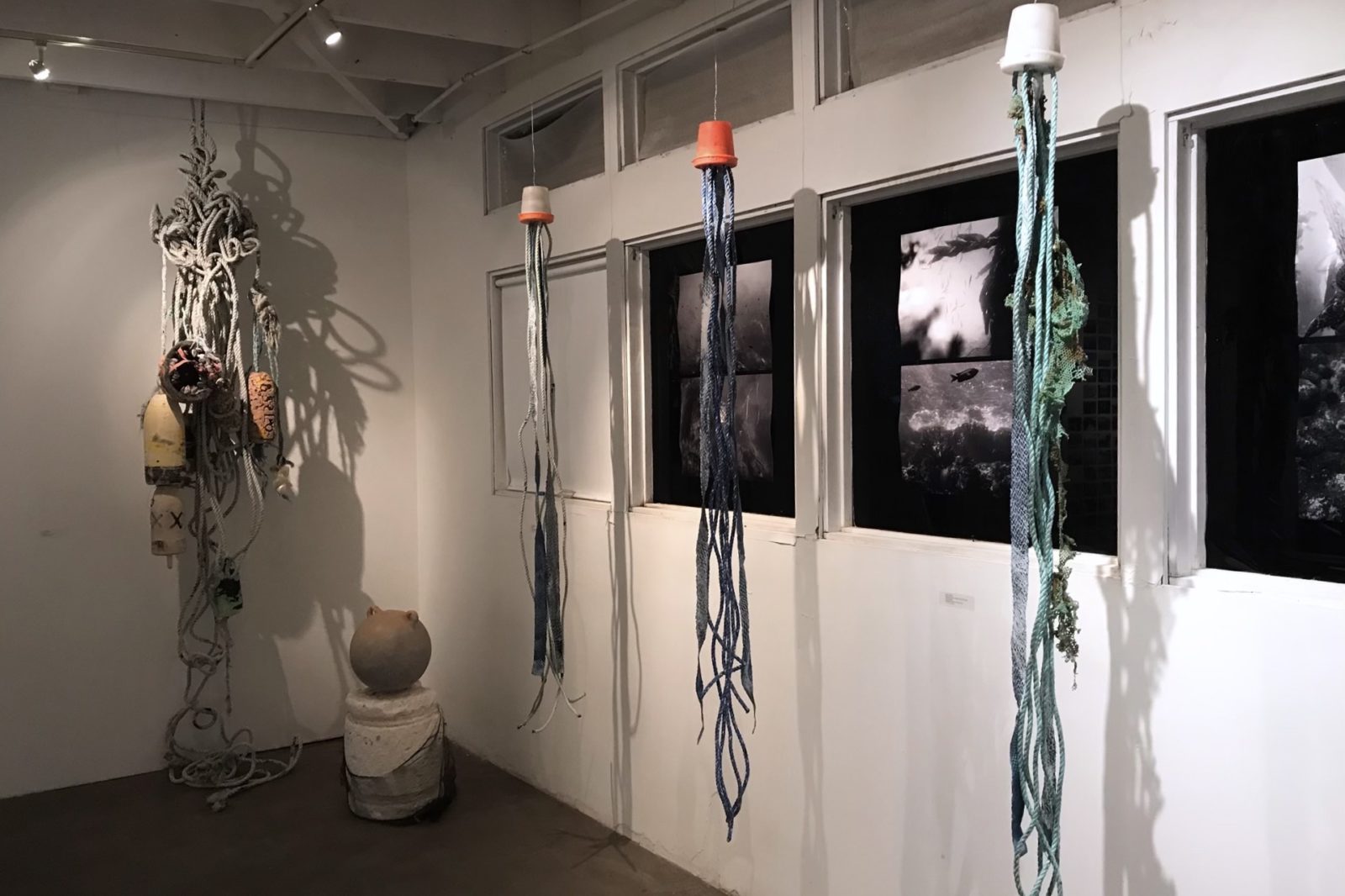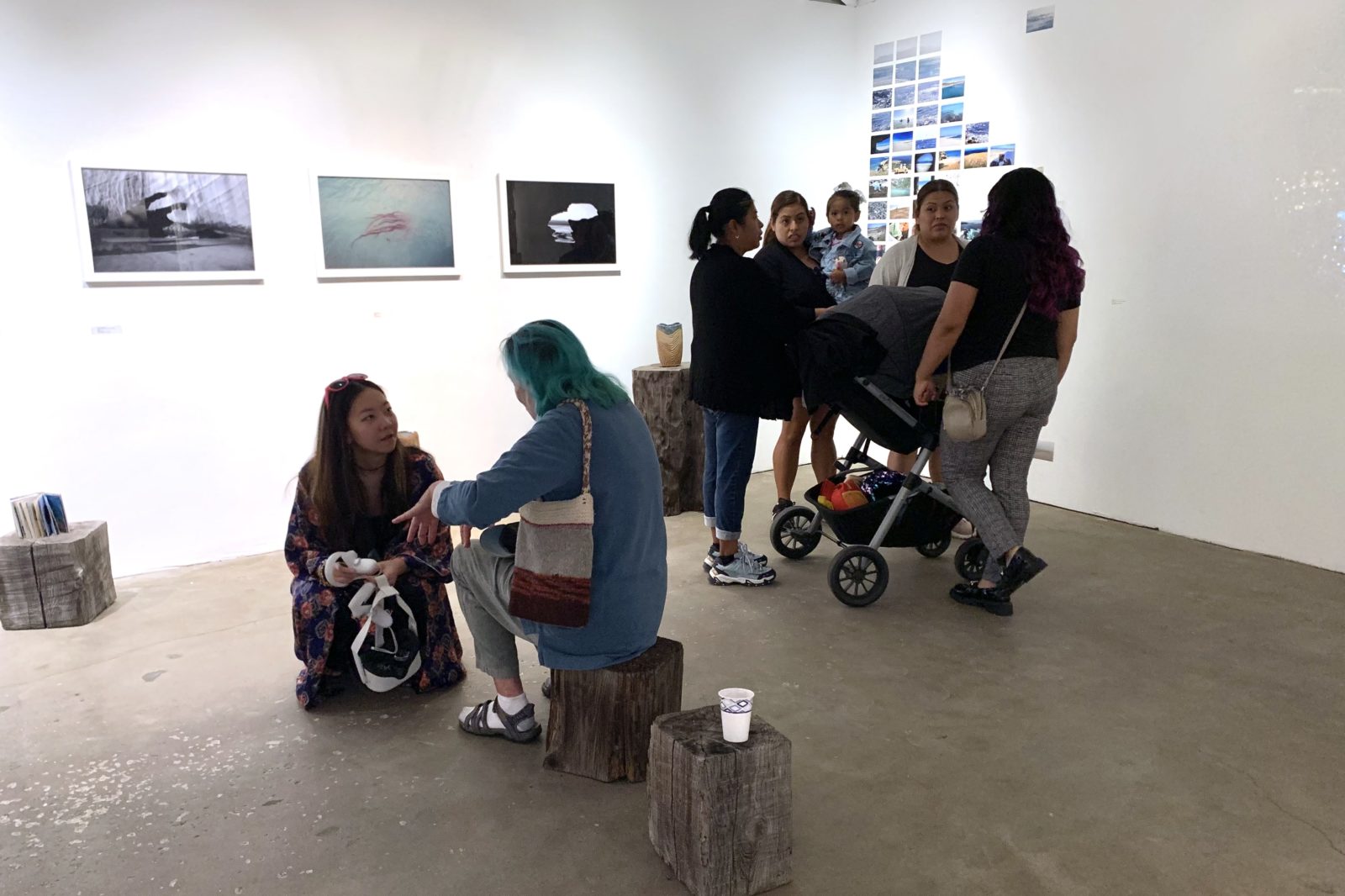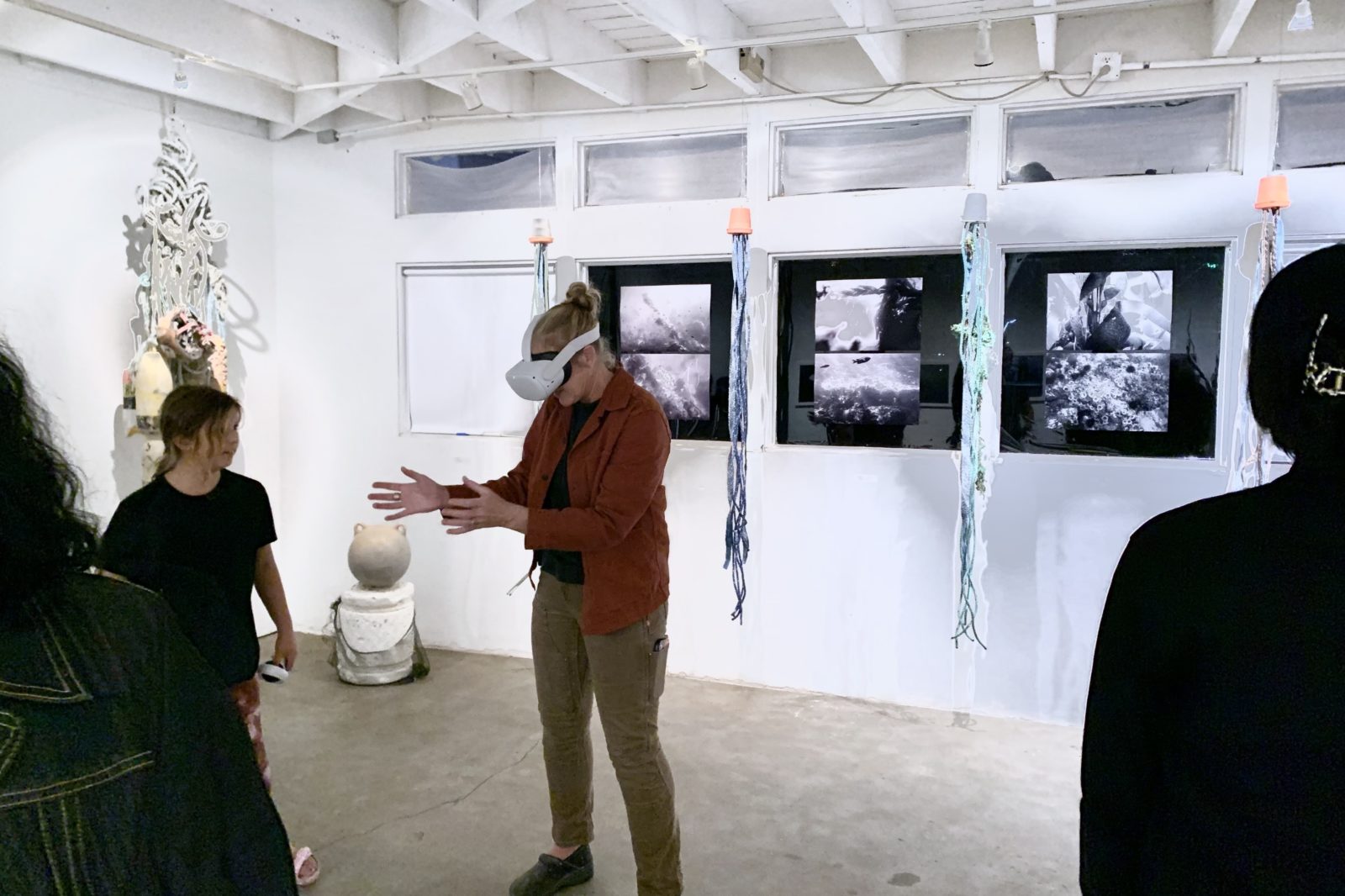1 island, 3 ecosystems, 100 miles from LA, is a multimedia group exhibition presented by SUPERCOLLIDER at Project Space 643. This exhibition shares perspectives of Santa Rosa Island through the lens of ten artists who attended SUPERCOLLIDER’s annual Field Study Program at CSUCI’s Santa Rosa Island Research Station in June 2023.
Only one hundred miles from Los Angeles, Santa Rosa Island in the Channel Islands National Park offers a view of California coastlines without the architecture of industrialization. Instead of skyscrapers and armored ports, Santa Rosa’s towering Torrey Pine forests and oak trees transfuse into coastal bluffs, estuaries, and sandy beaches, demonstrating the interconnectivity of all ecosystems on the isolated island.
Despite its natural scenery, Santa Rosa Island is not unscathed from the hundreds of years of cattle ranching and sheep farming that left the island barren, with unstable soils eroding into the deep valleys of the mountainous island. Before the ranching operations of western settlers, Chumash thrived for thousands of years on Wima (Santa Rosa Island). Artists in the exhibition imagine the past and present of Santa Rosa Island, considering the future landscape of the island through climate change.
To better understand the transformation of the land, artists in this exhibit volunteered on two restoration projects: a NOAA Marine Debris grant program led by California State University Channel Islands and the Cloud Forest Restoration Program led by National Park botanist Kathryn McEachern. For the Marine Debris project, the artists helped clean the beaches of plastic waste at Skunk Point on the east end of Santa Rosa. For the Cloud forest restoration project, the artists built moisture collection systems called fog hats, interventions that safeguard the future of the eroding 400+-year-old oak grove on Soledad Peak.
Artworks in the exhibition reflect on the boundaries of the natural world relative to accelerating technologies in industrialization, artificial intelligence, and system structure. The exhibit reveals three ecosystems on the island as experienced by the artists: the oak groves, subtidal, and intertidal areas. Underwater imagery by Taylor Griffith covers the window panes, suggesting the transition of land and sea over billions of years and the impermanence of coastlines. Photographs and lenticular prints by Rachel Binx and Kyla Van Maanen invite us to see three ecosystems as one. Mixed media illustrations from Richelle Ellis reveal the overlap of systems from an overview effect, challenging our definition of the natural world and our role in promoting the environment’s well-being. 1 Island, 3 ecosystems, 100 miles from LA, challenges the proximity of natural landscapes to urban life and questions the classification of an ecosystem as either an integrated or independent place. Works oscillate between themes of togetherness and isolation, remoteness and human-altered landscapes, permanence, and ever-changing aspects of the island biome. As revealed during their first-hand experience restoring ecosystems on Santa Rosa Island, the artists and artworks preserve such a place as a memory and a beacon of hope.




